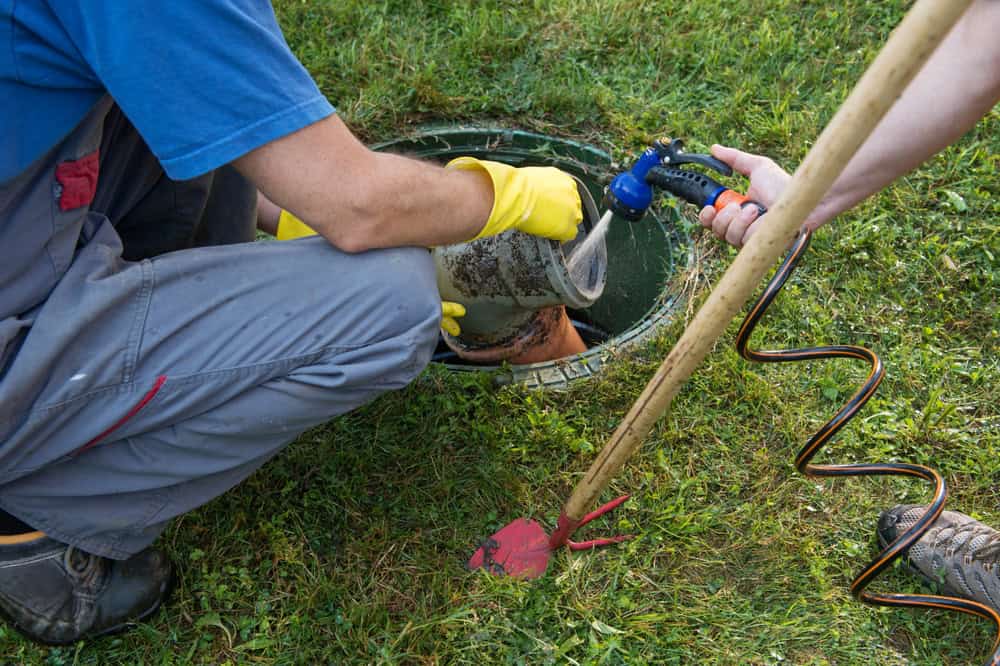Septic Tank Cleaning Levittown
Reliable Septic Tank Services
Ensure your septic system runs smoothly with professional septic tank cleaning from EZ Cesspool.
What our clients say




Benefits of Septic Cleaning in Nassau County, NY
Why Septic Cleaning Matters
- Prevent costly repairs by maintaining your septic system.
- Improve system efficiency and lifespan.
- Protect your property and environment from contamination.
- Ensure compliance with local health regulations.

About EZ Cesspool
Trusted Septic Services in Levittown
At EZ Cesspool, we pride ourselves on offering top-tier septic tank cleaning services in Levittown, NY. With years of experience and a dedicated team, we ensure that both residential and commercial properties in Nassau County receive the best care. Our professional septic tank cleaning is designed to meet the specific needs of your system, ensuring long-term efficiency and reliability.

Our Cleaning Process
Efficient and Thorough Service
- Inspection: We start with a comprehensive inspection to assess the condition of your septic system.
- Cleaning: Our team uses advanced tools to remove sludge and waste, ensuring your system runs smoothly.
- Final Check: We conduct a final check to ensure everything is in perfect working order.


Routine Septic Cleaning
Importance of Regular Maintenance
Routine septic tank cleaning is crucial for maintaining the health and efficiency of your septic system. By scheduling regular cleanings with EZ Cesspool, you can prevent issues like clogs, backups, and system failures. Our team in Levittown, NY, understands the unique needs of properties in Nassau County and provides tailored services to keep your system in top shape. For dependable residential and commercial septic tank cleaning, call us at 516-676-1199 today.
View Our Septic Tank Services
About EZ Cesspool Long Island
Contact us
The building firm, Levitt & Sons, headed by Abraham Levitt and his two sons, William and Alfred, built four planned communities called “Levittown”, in New York, Pennsylvania, New Jersey, and Puerto Rico; the Levittown in New York was the first. Additionally, Levitt & Sons’ designs are featured prominently in the older portion of Buffalo Grove, Illinois; Vernon Hills, Illinois; Willingboro Township, New Jersey; the Belair section of Bowie, Maryland; and the Greenbriar section of Fairfax, Virginia.
The Levitt firm began before World War II, as a builder of custom homes in upper middle-class communities on Long Island. During the war, however, the home building industry languished under a general embargo on private use of scarce raw materials. William “Bill” Levitt served in the Navy in the Seabees – the service’s construction battalions – and developed expertise in the mass-produced building of military housing using uniform and interchangeable parts. He was insistent that a postwar building boom would require similar mass-produced housing, and was able to purchase options on large swaths of onion and potato fields in undeveloped sections of Long Island.
Returning to the firm after war’s end, Bill Levitt persuaded his father and brother to embrace the utilitarian system of construction he had learned in the Navy. With his brother, Alfred, who was an architect, he designed a small one-floor house with an unfinished “expansion attic” that could be rapidly constructed and as rapidly rented to returning GIs and their young families. Levitt & Sons built the community with an eye towards speed, efficiency, and cost-effective construction; these methods led to a production rate of 30 houses a day by July 1948. They used pre-cut lumber and nails shipped from their own factories in Blue Lake, California, and built on concrete slabs, as they had done in a previous planned community in Norfolk, Virginia. This necessitated negotiating a change in the building code which, prior to the building of this community, did not permit concrete slabs. Given the urgent need for housing in the region, the town agreed. Levitt & Sons also controversially utilized non-union contractors in the project, a move which provoked picket lines. On the other hand, they paid their workers well and offered multiple incentives that allowed them to earn extra money, so that they often could earn twice as much a week as elsewhere. The company also cut out middlemen and purchased many items, including lumber and televisions, directly from manufacturers. The building of every house was reduced to 26 steps, with sub-contractors responsible for each step. His mass production of thousands of houses at virtually the same time allowed Levitt to sell them, with kitchens fully stocked with modern appliances, and a television in the living room, for as little as $8,000 each (equal to $109,162 today), which, with the G.I. Bill and federal housing subsidies, reduced the up-front cost of a house to many buyers to around $400 (equal to $5,458 today).
Learn more about Levittown.